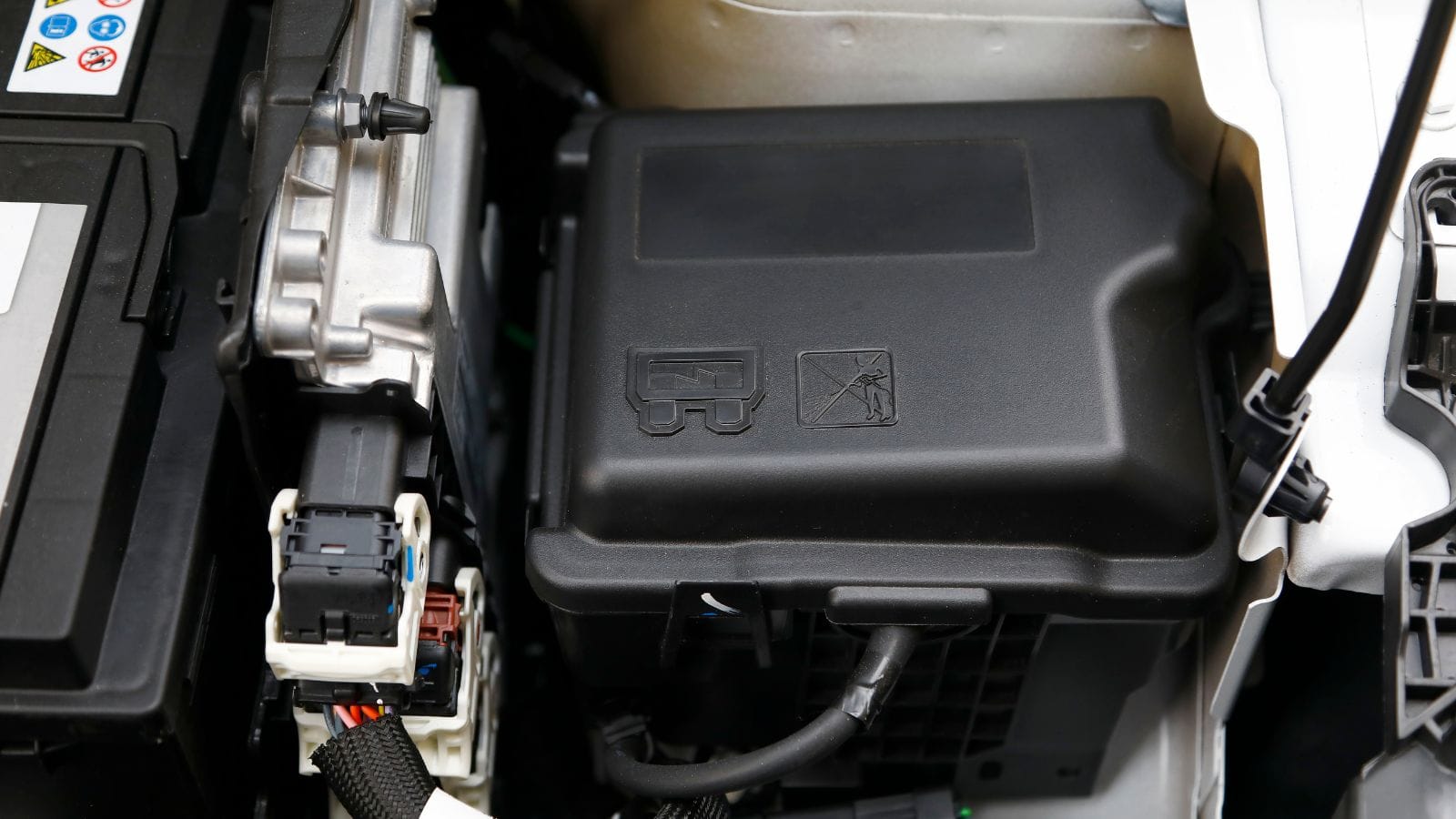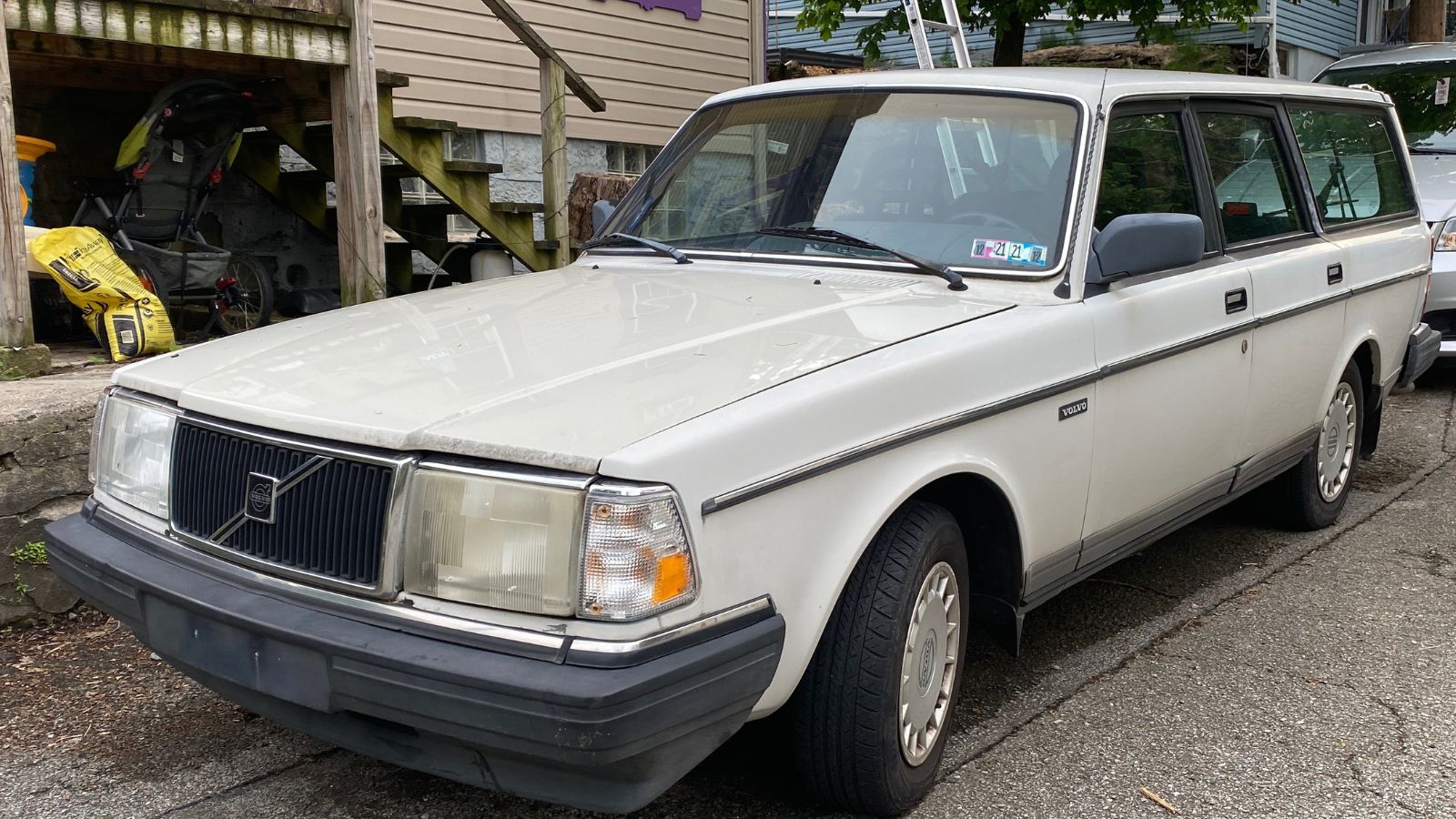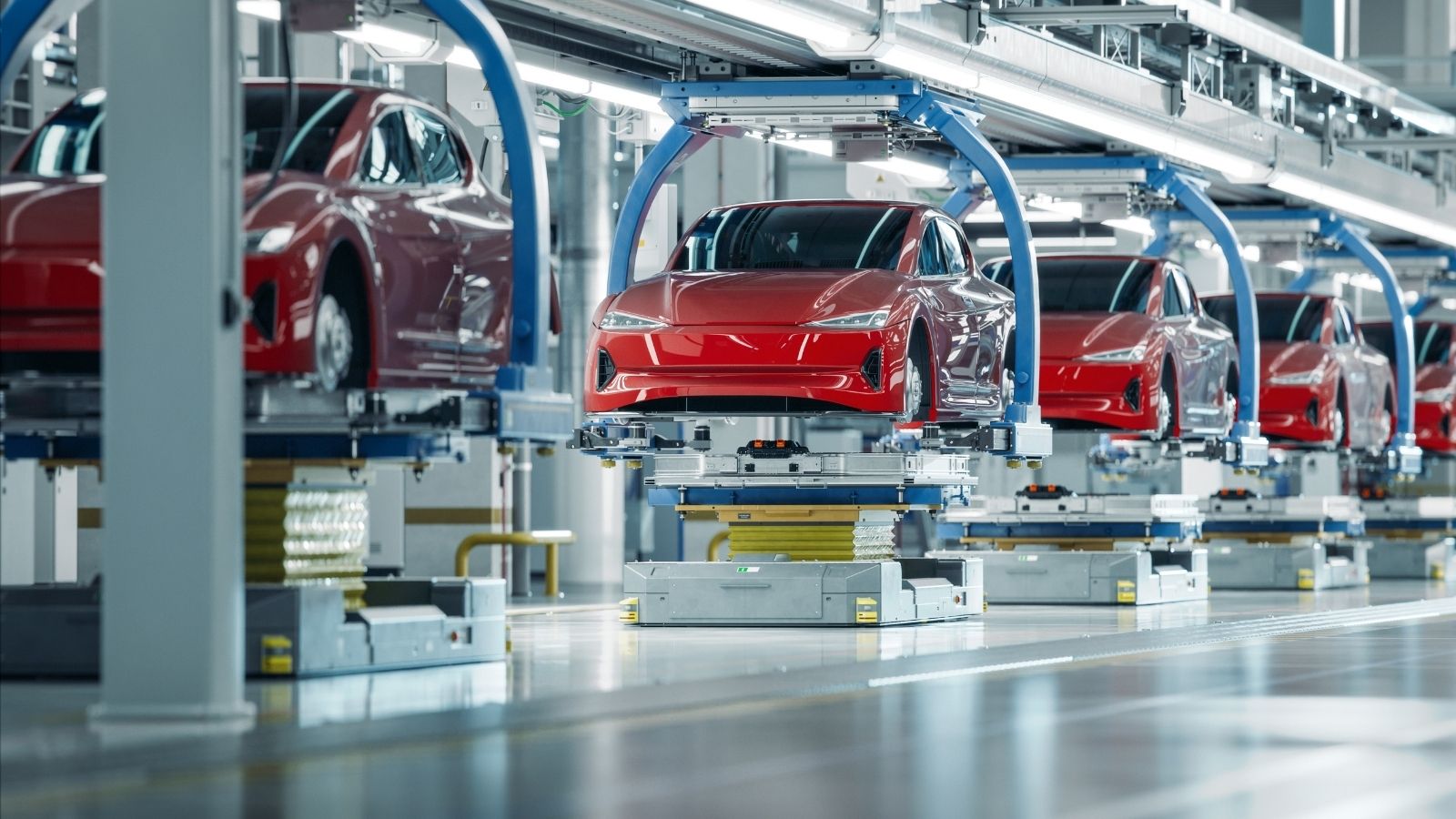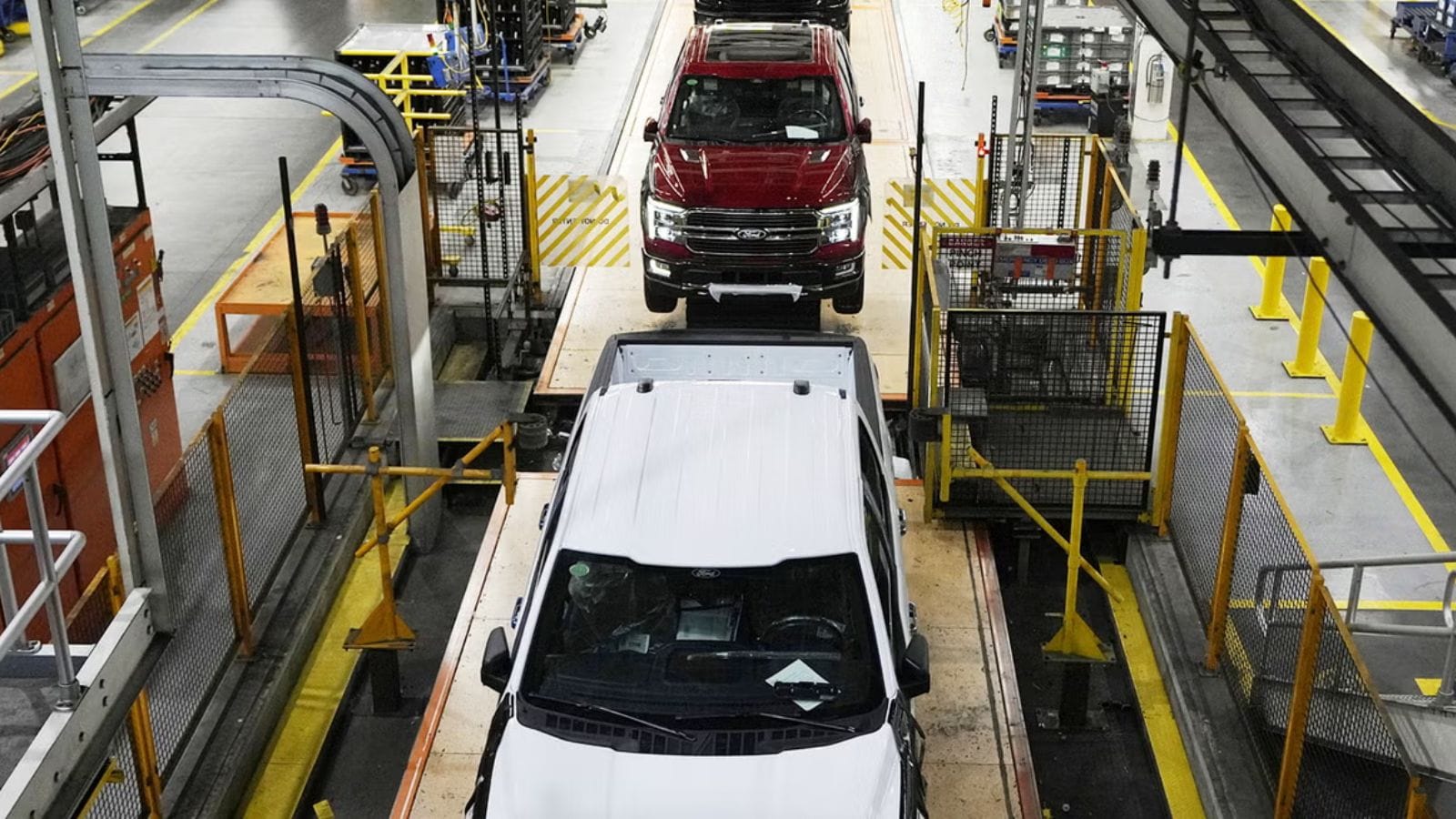Cars are marvels of engineering, capable of lasting hundreds of thousands of miles when properly cared for. Yet the industry has quietly drawn a line in the sand. Most automakers design vehicles with a lifespan of around 15 years in mind, not 30. For consumers, this raises a troubling question: why are cars built to fade out just when they could still have decades of life left? The answer comes down to economics, strategy, and control, and it reveals a business model that benefits automakers far more than drivers.
Why 15 Years Became the Benchmark

On paper, many cars today are more advanced and better built than ever. Engines can run half a million kilometers with the right maintenance, and rust protection has improved dramatically. So why do most vehicles start to feel tired after 12 to 15 years? Automakers design around that window because it aligns with ownership cycles, resale trends, and the point where most consumers are willing to replace rather than repair. After that milestone, repair costs rise, parts become harder to source, and technology begins to feel outdated. In other words, cars are engineered to remain “good enough” until it makes financial sense for owners to buy a new one.
Planned Obsolescence in Disguise

The idea of planned obsolescence is not new. Automakers in the 1950s used yearly design changes to encourage buyers to trade in early. Today, it is subtler. Electronic components are harder to replace, software updates stop after a certain point, and critical parts are quietly discontinued. While your vehicle may still run fine at 20 years old, keeping it on the road becomes increasingly difficult by design. Automakers want to make maintaining older cars expensive and inconvenient enough that consumers throw in the towel and buy something new.
Why Automakers Do Not Want 30 Year Cars

A vehicle that could reliably last 30 years without major issues sounds like a dream for consumers. For automakers, it is a nightmare. If every car on the road lasted that long, new car sales would plummet. Automakers rely on consistent turnover to keep factories running, dealerships stocked, and shareholders happy. A 30 year car would choke their business model. Instead, they build cars that balance durability with a predictable expiration date, enough to satisfy buyers for 10 to 15 years but not enough to create generational hand me downs that stay in families for three decades.
The Role of Technology and Electronics

Modern cars are filled with software, sensors, and computer modules. While these technologies improve safety and convenience, they also create new points of failure. Unlike mechanical parts, many electronic systems are not designed to be easily repaired. Once the software stops receiving updates or components become obsolete, the car becomes more expensive to fix. Automakers argue that technology advances too quickly to support old systems forever, but the result is that even cars with perfectly good engines and transmissions are prematurely sidelined.
What This Means for Consumers

For drivers, manufactured obsolescence means cars have become more like disposable technology. Instead of passing down a vehicle through generations, owners are pushed toward replacement cycles. The financial burden falls on consumers, who end up buying new cars more often, taking on more debt, and spending more over a lifetime of ownership. It also affects resale value, since cars beyond 12 to 15 years are often seen as disposable even when mechanically sound.
The Environmental Cost

There is also an environmental price. Building new vehicles consumes vast amounts of resources and energy. Retiring cars after 15 years, rather than keeping them on the road for 30, means more mining, more manufacturing, and more waste. Ironically, while automakers promote green technology through electric cars, the short lifespan built into modern vehicles undercuts the sustainability message. A truly green car would be one that lasts decades, not one that needs to be replaced after a decade and a half.
Who Benefits From This System

Automakers benefit most, as shorter lifespans mean more frequent sales. Dealerships gain by keeping service departments busy with complex, expensive repairs that push owners toward new purchases. Financial institutions profit from more auto loans and leases. Meanwhile, consumers are stuck footing the bill for a cycle designed to keep the industry alive at their expense.
What a 30 Year Car Would Mean

Imagine a car built to last three decades with modular electronics, easily replaceable parts, and long term software support. Consumers would save thousands in ownership costs, resale markets would thrive, and waste would plummet. Such cars could exist, many classic vehicles already prove that with proper care, they can run well past their original design life. But automakers have little incentive to pursue this path. The fewer new cars sold, the smaller their profits.
The Expiration Date

Automakers have little interest in building vehicles that can last 30 years. The sweet spot for them is around 15 years, when cars have delivered enough use to satisfy owners but are reaching the point of diminishing returns. For consumers, this means spending more, replacing vehicles more often, and carrying the financial and environmental costs of a system built on obsolescence. Cars could be built to last longer, but until the business model changes, automakers will continue to design them to expire on schedule.
25 Facts About Car Loans That Most Drivers Don’t Realize

Car loans are one of the most common ways people fund car purchases. Like any other kind of loan, car loans can have certain features that can be regarded as an advantage or a disadvantage to the borrower. Understanding all essential facts about car loans and how they work to ensure that you get the best deal for your financial situation is essential. Here are 25 shocking facts about car loans that most drivers don’t realize:
25 Facts About Car Loans That Most Drivers Don’t Realize
